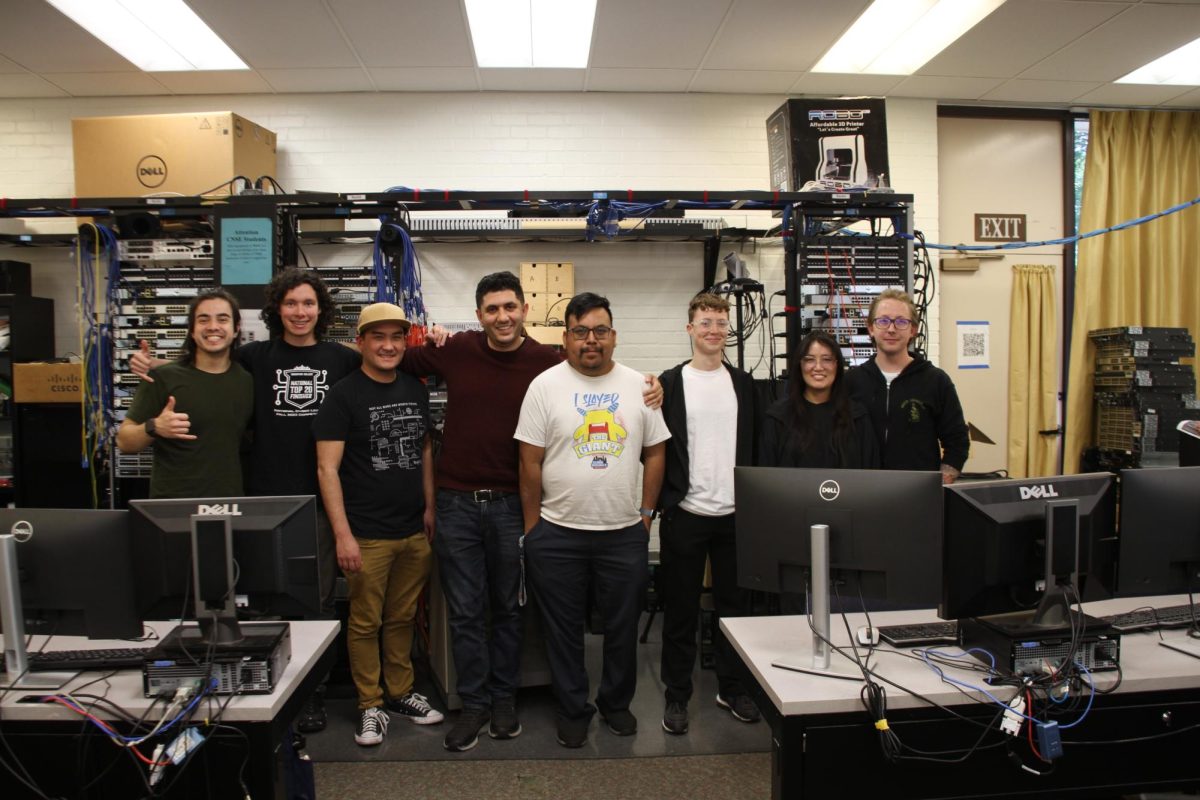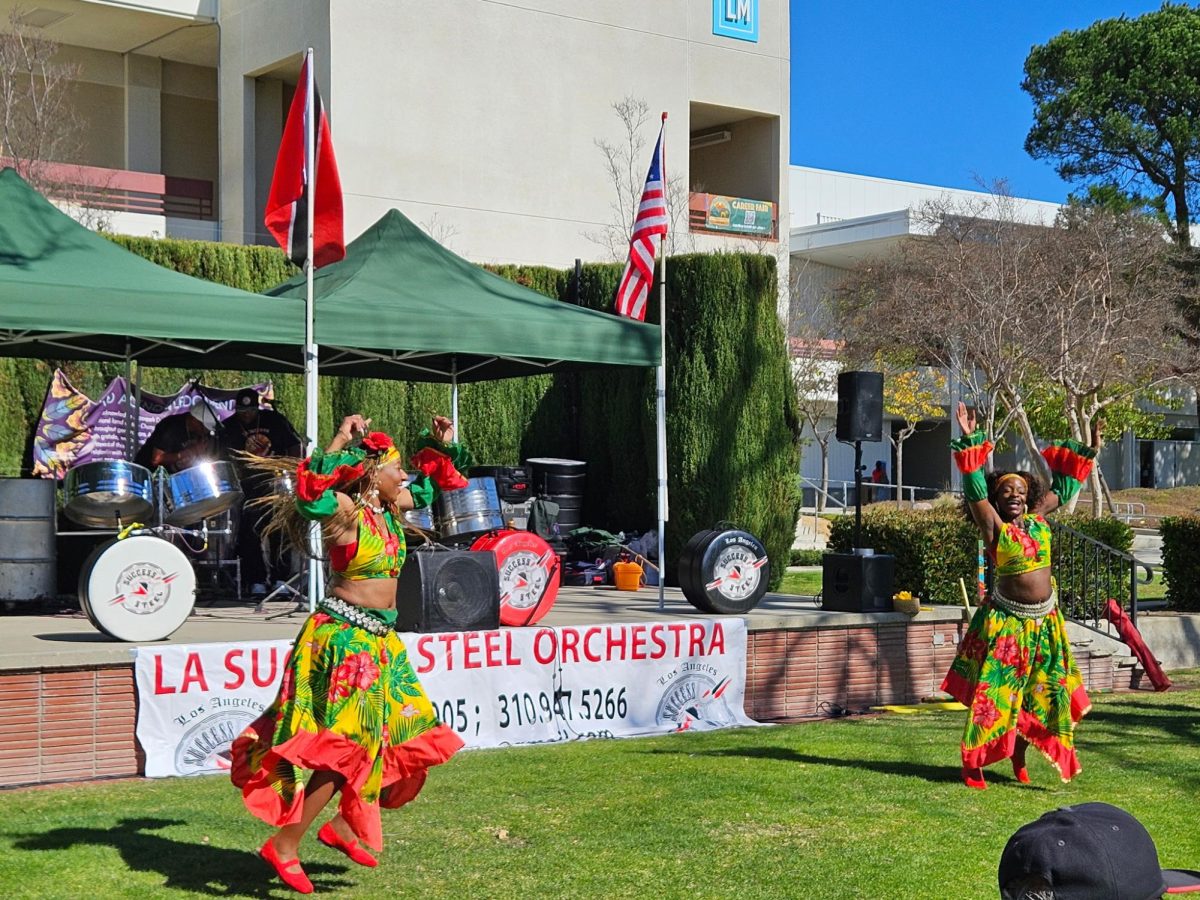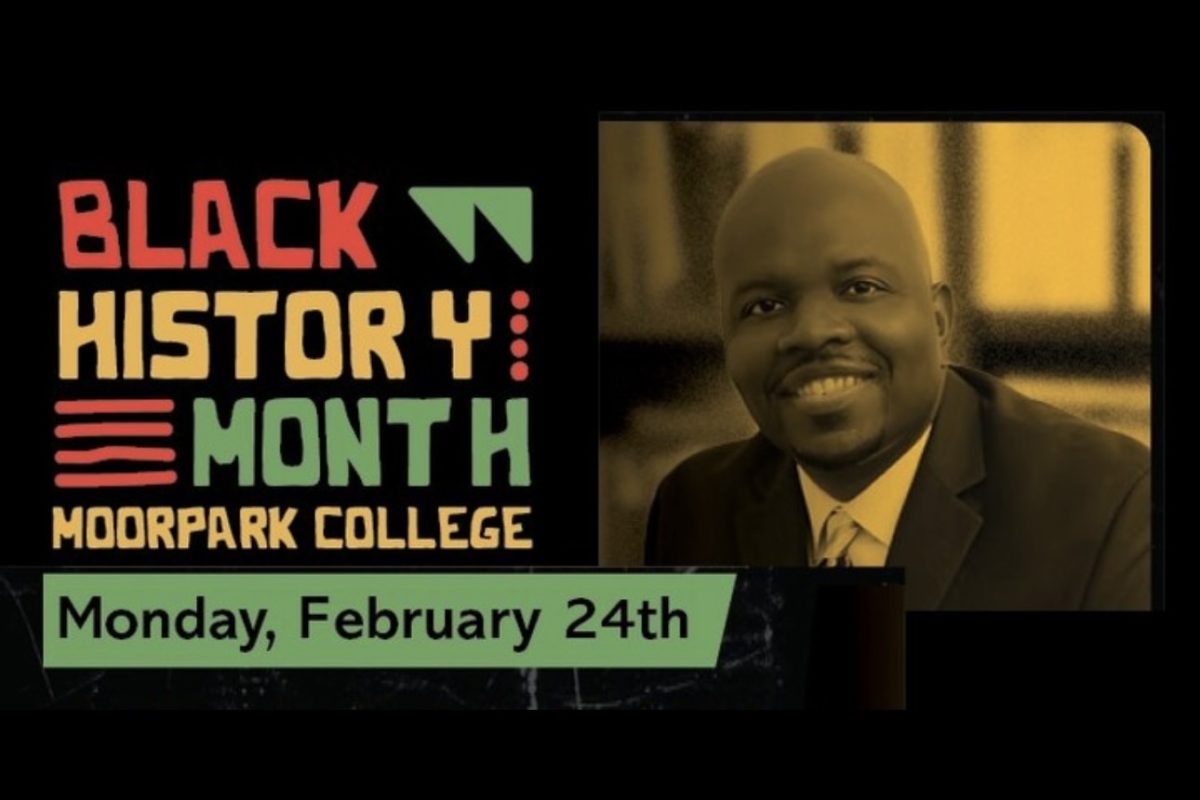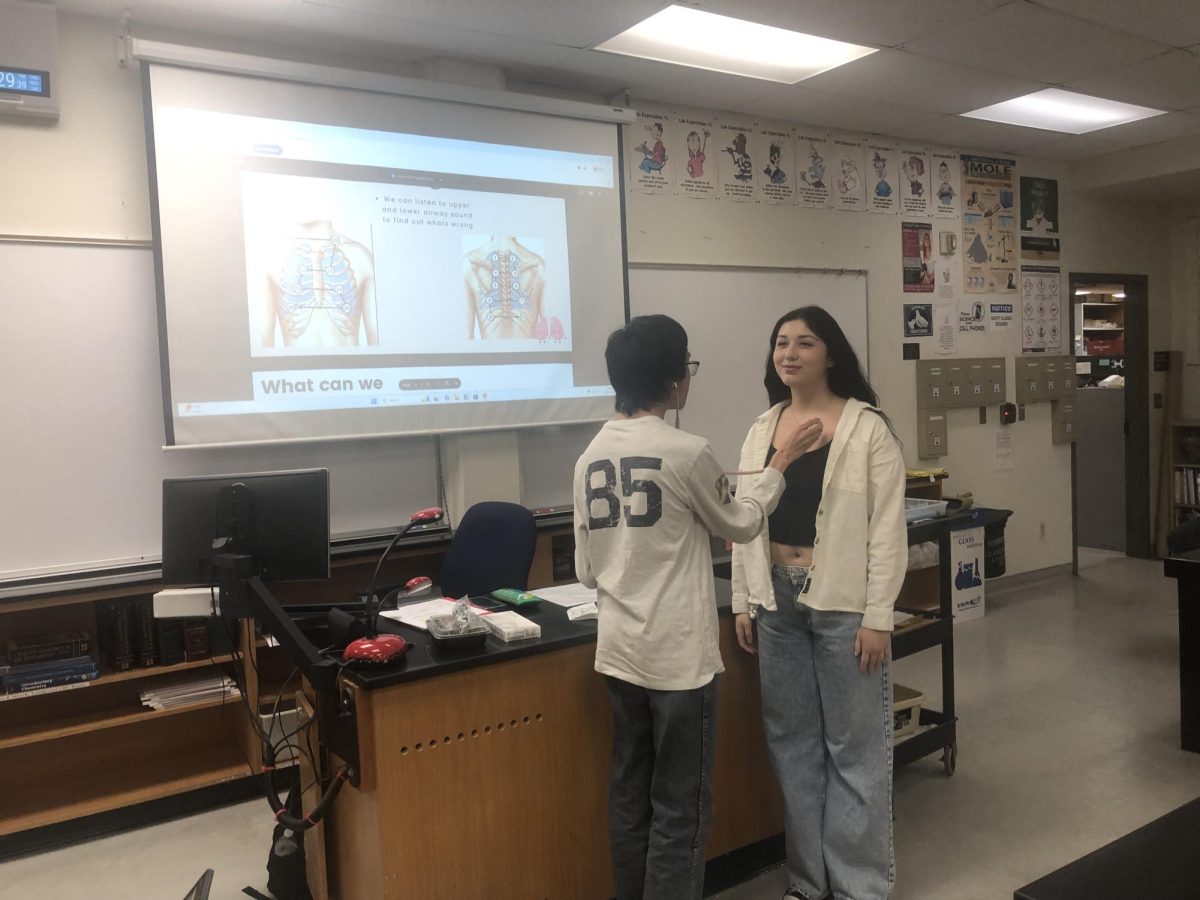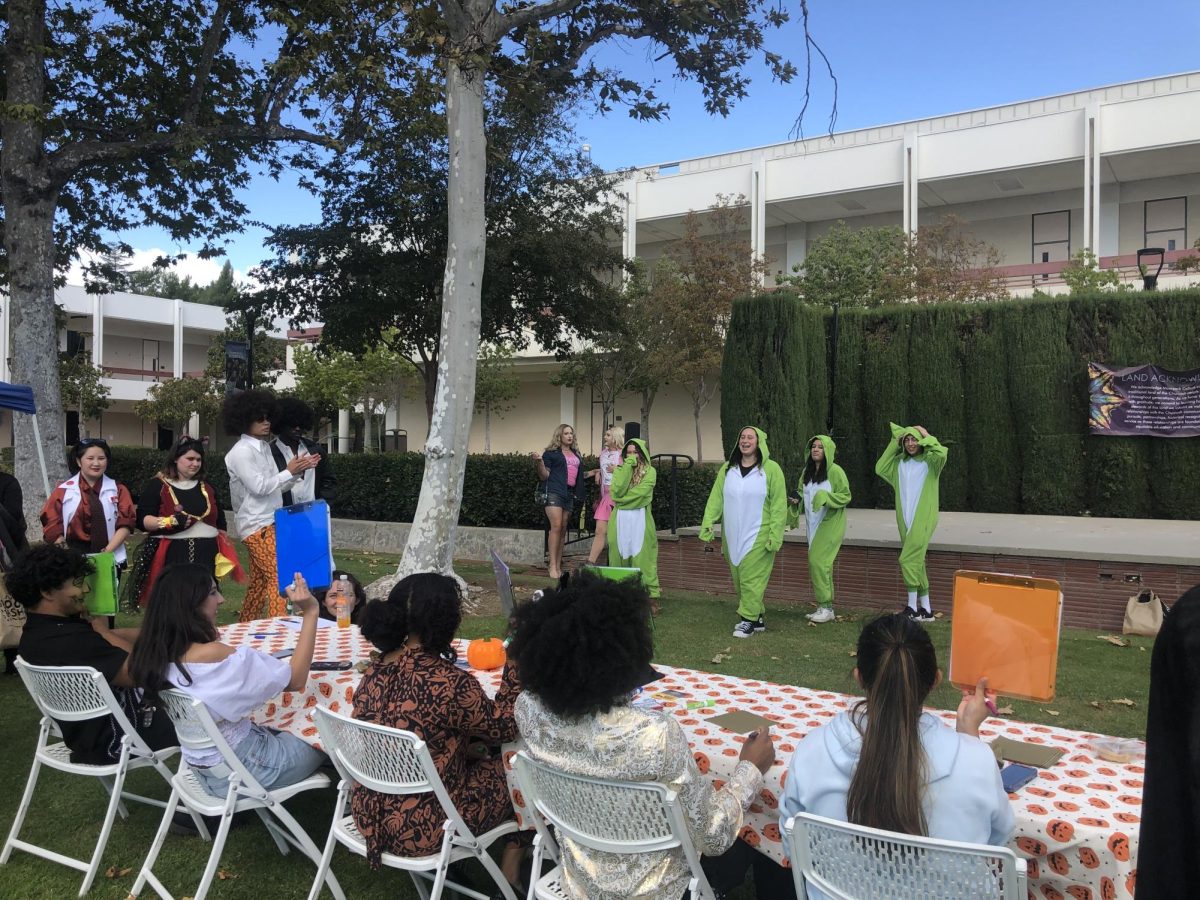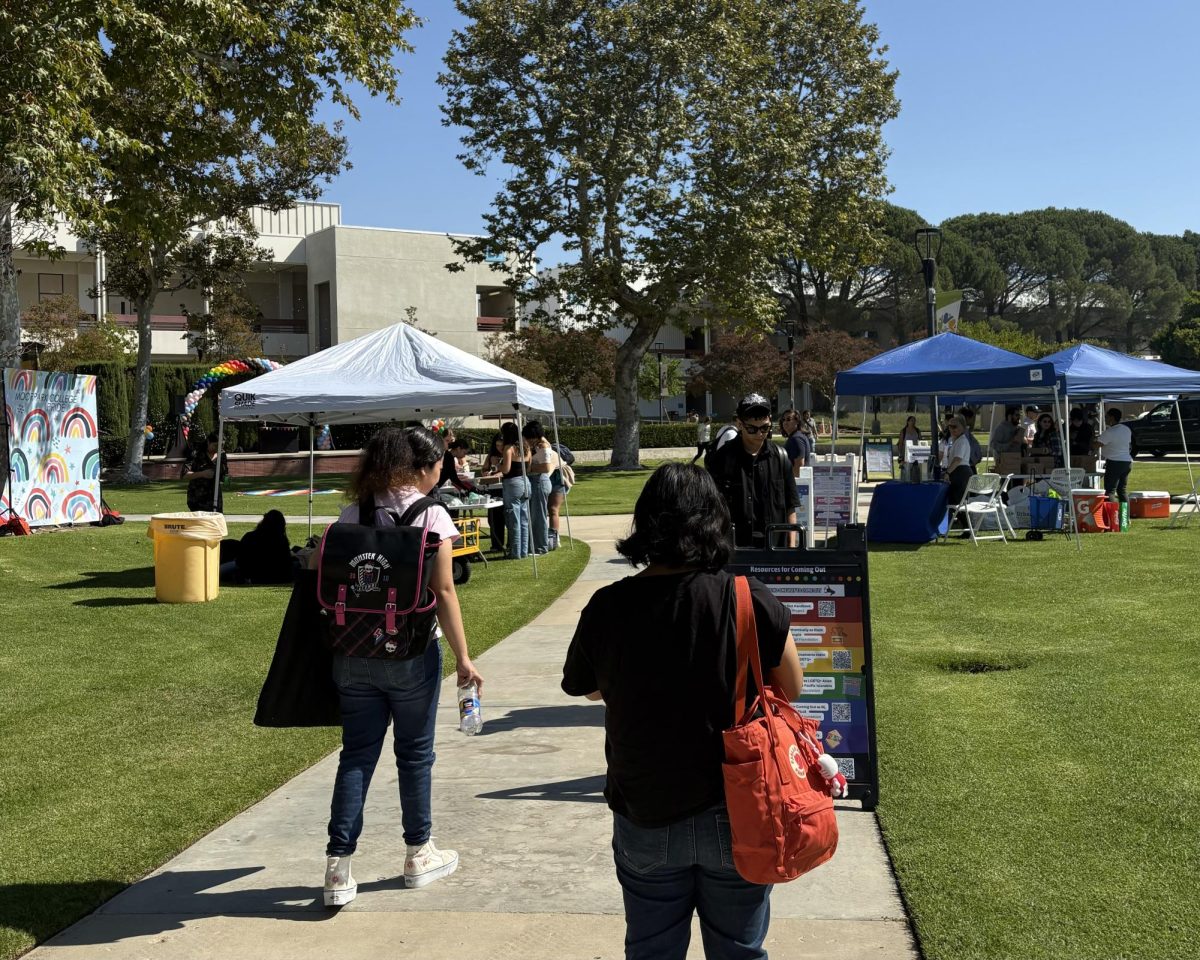On Wednesday, the Moorpark College Armenian Students Association, also known as ASA, hosted an informational presentation on the Armenian Genocide via Zoom.
Access Coordinator and ASA Advisor, Silva Arzunyan, gave a trigger warning from the powerpoint that the following presentation “contains images depicting death, bodily injury and dismemberment, mass murder and human rights violations”.
Maral Chorbajian, co-president of Moorpark College ASA, explained the definition of a genocide.
“Genocide is defined as any acts that are committed with the intent to destroy, in whole or in part, a national, ethnic, racial, or religious group,” said Chorbajian.
The powerpoint slide read by Chorbajian listed the five categories of genocide which include: killing members of the group, causing bodily or mental harm to members of the group, inflicting on conditions of life to bring out physical destruction, preventing births, separating children of the group into another group.
According to Sophia Chorbajian, also the co-president of ASA, the Armenian Genocide took place in the Ottoman Empire, now Turkey, between the late 1880s and continued until about 1923. The Turkish government gathered Armenians to be sent to their deaths by sending them to walk through the Syrian desert.
“Under conditions of starvation, dehydration, robbery, rape and mass murder, was a goal of erasing minority groups who have lived in the region for thousands of years in exchange for Pan-Turkism,” explained Chorbajian.
A YouTube video explaining the Armenian Genocide was shown to the audience.
The video explains that Armenia has existed for a thousand years and Armenians had occupied Eastern Anatolia, but were then conquered by various empires. The Young Turks, a nationalistic group took over as the Ottoman Empire which began to collapse in 1908 and Armenians along with other minority groups, Greeks and Assyrians, had received even worse treatment than before.
On April 24, 1915 hundreds of Armenian intellectuals were killed and laws were passed to depopulate Armenians. According to the video, 2 million Armenians were living in Turkey before 1915 and 1.5 million had been killed. Today, Turkey denies the genocide and it is illegal for citizens to speak of it.
Maral Chorbajian explained the impact of the Armenian Genocide.
“Two dialects of Armenian were formed, that is known as Eastern and Western Armenian. Eastern Armenian is influenced by Russian and Turkish languages and Western Armenian is influenced by Arabic and Turkish languages,” said Chorbajian.
Because of the loss of millions of lives, there is now a strong emphasis of marrying fellow Armenians and keeping close to family.
Arzunyan then explained that there are more Armenians living outside of Armenia and this is known as The Armenian Diaspora.
“There is a total of about 10 million to 11 million now of Armenians around the world. Of that, only 3 million are in the country of Armenia,” said Arzunyan.
The infographic from the powerpoint showed that the two countries with the highest population of Armenians are in Russia and the United States.
On the 24th of April every year, Armenians from around the world commemorate the loss of lives by gathering in marches and protests. Their culture is conserved by establishing Armenian schools where the language, history and culture is taught.
Historically, many countries have avoided recognizing the Armenian Genocide due to fear of damaging diplomatic ties with Turkey. Armenians in the United States had achieved a great milestone this year, the genocide had been recognized by President Joe Biden on April 24. Hopefully President Biden’s recognition of the Armenian Genocide will inspire leaders of other nations to do the same.
To learn more about the Armenian Genocide, a few movies were recommended such as ‘The Promise’, ‘Women of 1915’, ‘The Cut’ and ‘Ararat’ along with visiting this website.





